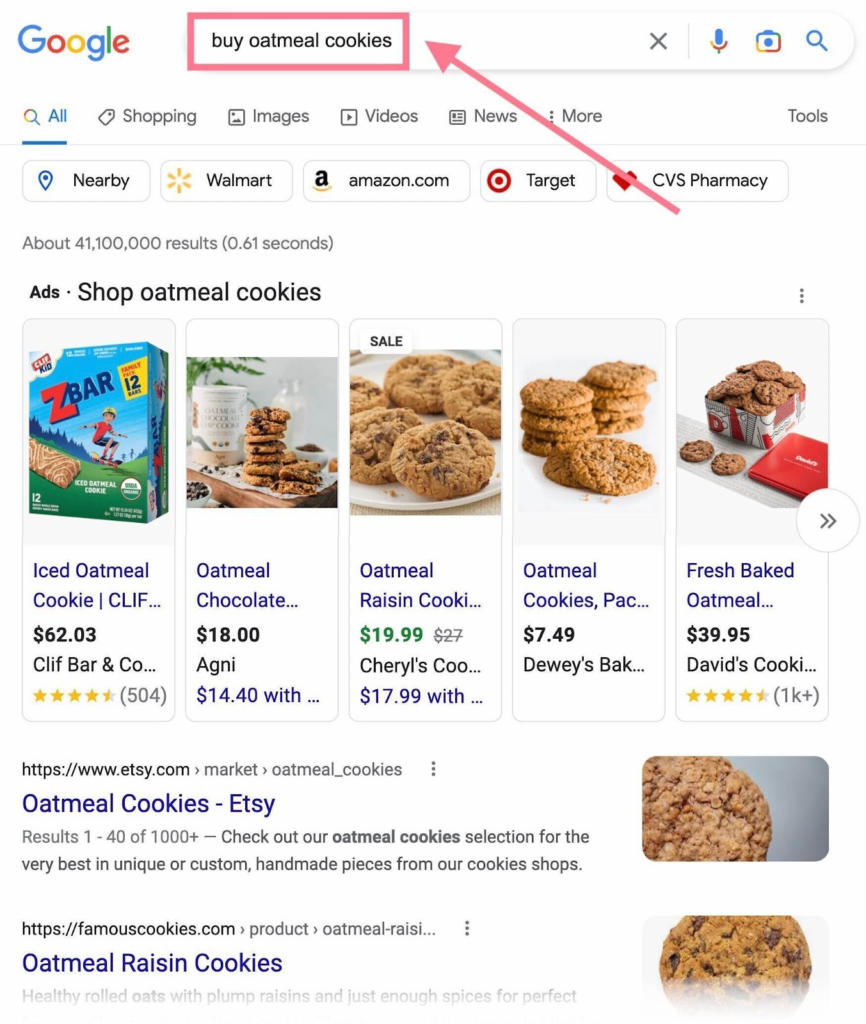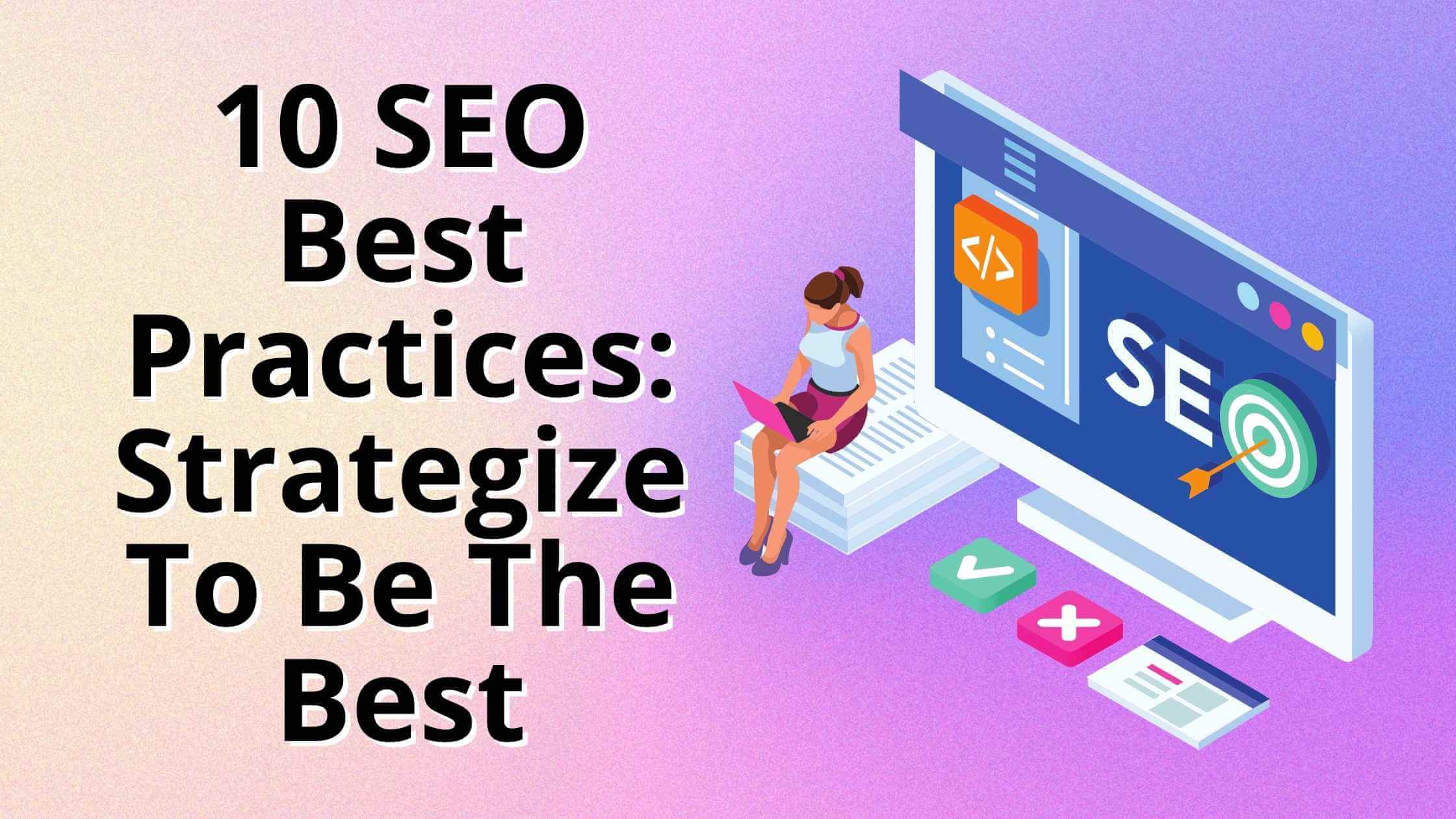Introduction:
In the ever-evolving landscape of online visibility, mastering Search Engine Optimization (SEO) is crucial for businesses and individuals alike. SEO best practices serve as guiding principles to enhance a website’s organic rankings on search engines like Google, ultimately driving more traffic and improving its online presence.
What Are SEO Best Practices?
SEO best practices encompass a range of strategies and techniques aimed at optimizing various aspects of a website to align with search engine algorithms. By adhering to these practices, website owners can improve their chances of ranking higher in search engine results pages (SERPs) and attracting more organic traffic.

Why Are SEO Best Practices Important?
Higher rankings in SERPs lead to increased visibility and credibility, driving more organic traffic to a website. Implementing SEO best practices not only enhances a website’s discoverability but also ensures a positive user experience, ultimately contributing to long-term success online. Also, learn about social media marketing
Now, let's delve into a comprehensive overview of essential SEO best practices:
Align Your Content with Search Intent: Understanding user search intent is paramount for crafting relevant and valuable content. By analyzing the intent behind search queries, website owners can tailor their content to meet users’ needs effectively. Whether it’s providing informational, navigational, commercial, or transactional content, aligning with search intent enhances the likelihood of ranking higher in SERPs.
Leverage Primary Keywords: Identifying and incorporating primary keywords strategically throughout website content is key to optimizing for search engines. By conducting thorough keyword research using tools like Semrush’s Keyword Magic Tool, website owners can uncover relevant keywords with high search volume and integrate them into critical elements such as title tags, headers, and meta descriptions.
Write Compelling Title Tags and Meta Descriptions: Crafting compelling title tags and meta descriptions is essential for enticing users to click through to your website from search results. By including relevant keywords, matching search intent, and maintaining concise yet descriptive language, website owners can improve click-through rates and enhance their visibility in SERPs.
Optimize Your Images: Optimizing images not only enhances visual appeal but also contributes to improved website performance and user experience. By selecting the appropriate file format, compressing images, providing descriptive alt text, and implementing lazy loading, website owners can optimize images effectively for search engines and users alike.
Optimize Your Site’s Page Loading Speed: Page loading speed significantly impacts user experience and search engine rankings. By optimizing website performance using tools like Google’s PageSpeed Insights and Semrush’s Site Audit, website owners can identify and address factors hindering page speed, ultimately enhancing overall website performance and SEO.
Build an Internal Linking Structure: Internal linking facilitates website navigation and helps search engines understand the hierarchy and relevance of content. By strategically linking pages within your website, website owners can distribute link equity, improve crawlability, and enhance user experience, ultimately contributing to improved SEO performance.
Improve User Experience: User experience (UX) plays a pivotal role in SEO, influencing factors such as dwell time, bounce rate, and engagement metrics. By optimizing website design, utilizing headers and subheadings effectively, incorporating visual elements, and ensuring mobile-friendliness, website owners can create a positive user experience that resonates with both users and search engines.
Make Your URLs SEO-Friendly: A well-structured URL provides users and search engines with valuable information about the content of a webpage. By keeping URLs concise, including target keywords, and organizing content logically, website owners can create SEO-friendly URLs that enhance crawlability and user experience.
Earn Authoritative Backlinks: Backlinks from reputable sources serve as a vote of confidence for a website’s credibility and authority. By implementing a strategic link building strategy, analyzing competitors’ backlink profiles, and creating high-quality, shareable content, website owners can earn authoritative backlinks that bolster their SEO efforts.
Create Useful Content: Publishing original, informative content is fundamental to attracting and retaining website visitors. By addressing user queries, providing valuable insights, and offering unique perspectives, website owners can establish themselves as authorities in their respective niches and improve their chances of ranking higher in SERPs.

Take It a Step Further:
While the aforementioned SEO best practices provide a solid foundation for improving organic rankings and driving traffic, there are always opportunities to delve deeper and explore more advanced strategies. Here are some additional areas to consider:
Keyword Research: Dive deeper into keyword research to uncover untapped opportunities and refine your content strategy. Explore long-tail keywords, analyze search trends, and prioritize keywords based on search volume, competition, and relevance to your target audience.
On-Page SEO: Fine-tune your on-page optimization efforts by optimizing individual elements such as header tags, image alt attributes, and internal linking structure. Ensure that each page on your website is fully optimized for its target keywords and aligned with user search intent.
Off-Page SEO: Expand your off-page SEO efforts by focusing on building high-quality backlinks from authoritative websites, engaging in social media promotion, and participating in online communities relevant to your niche. Monitor your backlink profile regularly and disavow any toxic or spammy links that could harm your site’s reputation.
Local SEO: If your business serves a local audience, prioritize local SEO strategies to improve visibility in local search results. Claim and optimize your Google My Business listing, solicit customer reviews, and ensure consistency of NAP (Name, Address, Phone Number) information across online directories.
Technical SEO: Pay attention to technical aspects of SEO such as website speed, mobile-friendliness, site structure, and schema markup. Conduct regular audits using tools like Semrush’s Site Audit to identify and address any technical issues that could impact your site’s performance in search results.
Content Marketing: Develop a robust content marketing strategy to create and promote high-quality, engaging content that resonates with your target audience. Experiment with different content formats, distribution channels, and promotional tactics to maximize reach and engagement.
Backlinks and Link Building: Continue to prioritize link building as a core component of your SEO strategy, but focus on earning natural, editorially earned backlinks rather than resorting to manipulative tactics. Build relationships with influencers, journalists, and industry experts to earn authoritative backlinks organically.
Analytics and Monitoring: Regularly monitor key SEO metrics such as organic traffic, keyword rankings, backlink profile, and engagement metrics to track the effectiveness of your SEO efforts. Use tools like Google Analytics and Semrush’s Position Tracking to gain insights into your website’s performance and identify areas for improvement.
By embracing these advanced SEO strategies and staying abreast of industry trends and best practices, you can continue to refine and optimize your website for maximum visibility, traffic, and conversions.
Conclusion:
Achieving success in SEO requires a multifaceted approach that encompasses both foundational best practices and advanced strategies. By implementing the comprehensive guide outlined above and remaining agile in response to evolving search algorithms and user behaviors, you can position your website for sustained growth and success in the competitive digital landscape.
Remember, SEO is not a one-time task but an ongoing process that requires continuous optimization, monitoring, and adaptation. Stay informed, stay proactive, and stay committed to delivering value to your audience, and you’ll reap the rewards of improved organic rankings, increased traffic, and enhanced online visibility.
Ready to take your SEO to the next level? Start implementing these strategies today and watch your website soar to new heights in search engine results!


